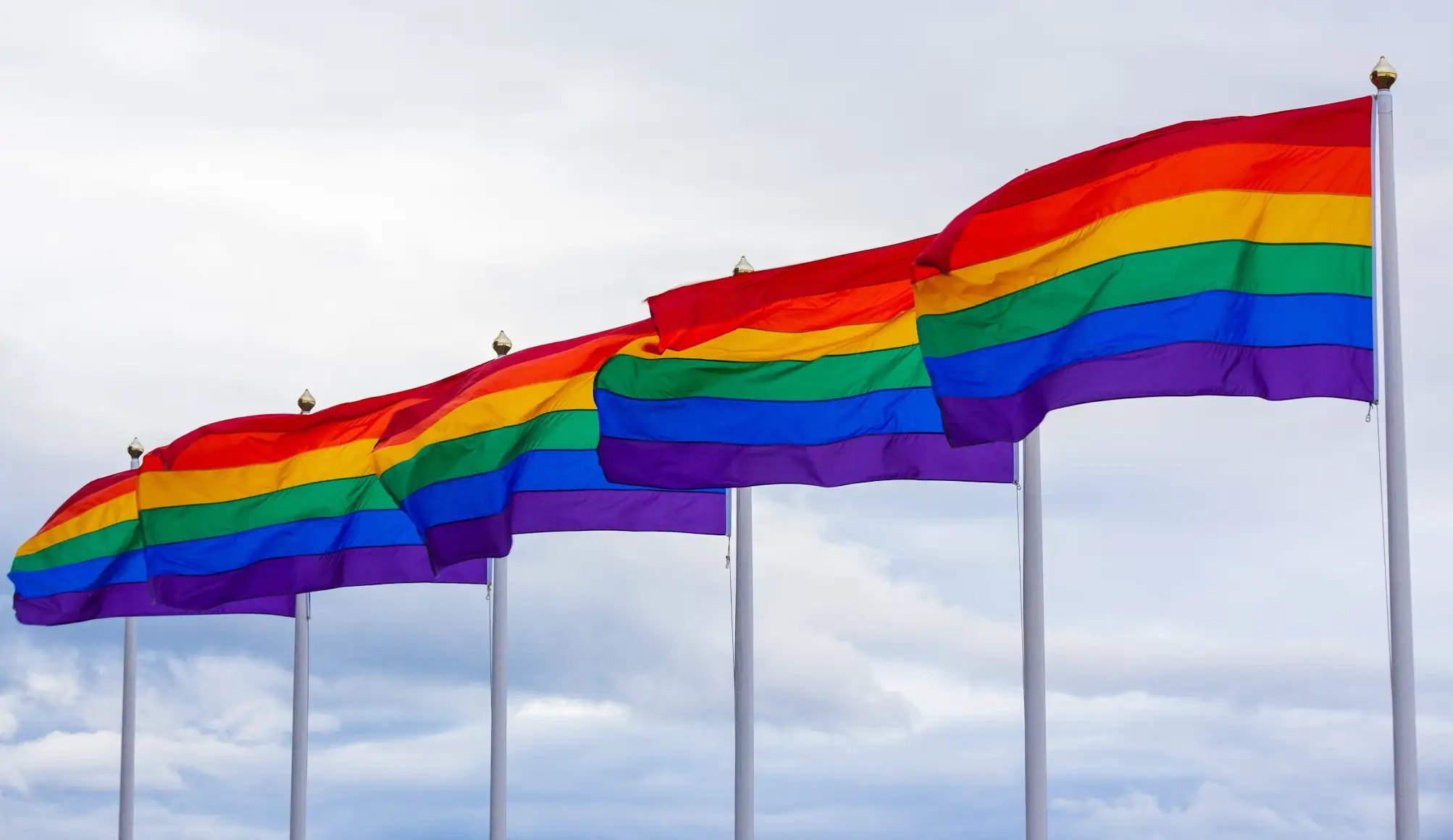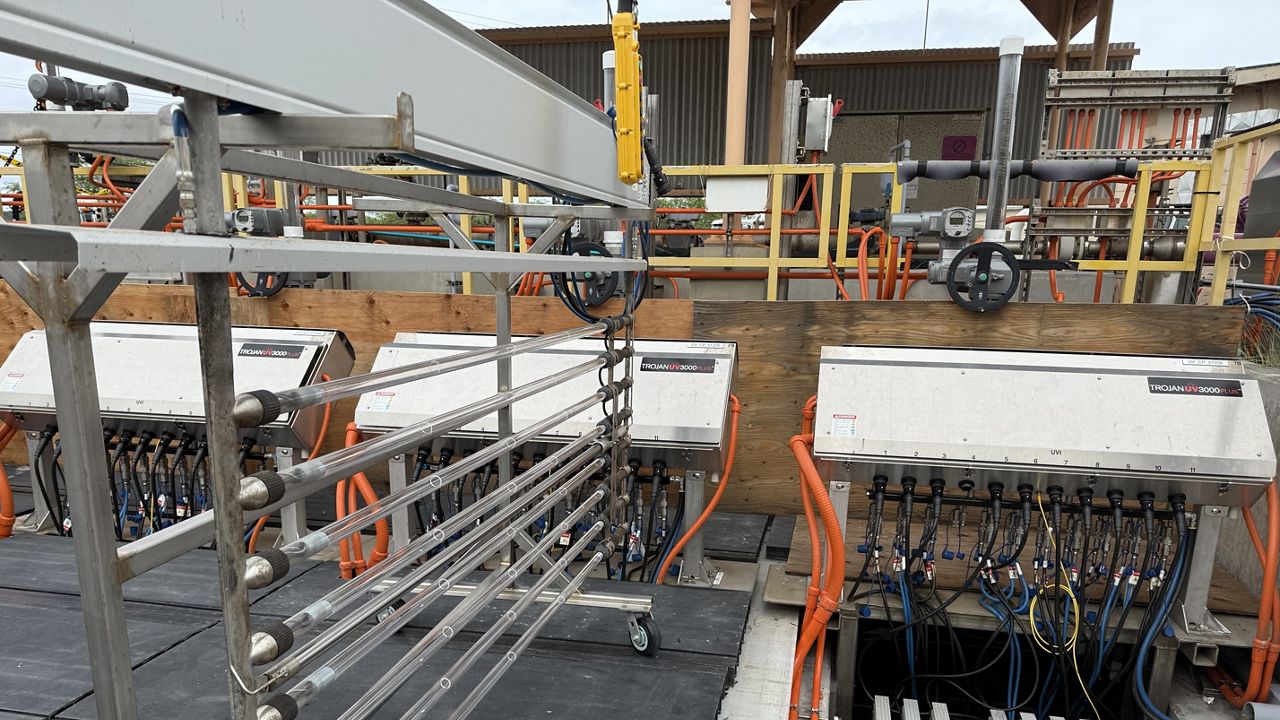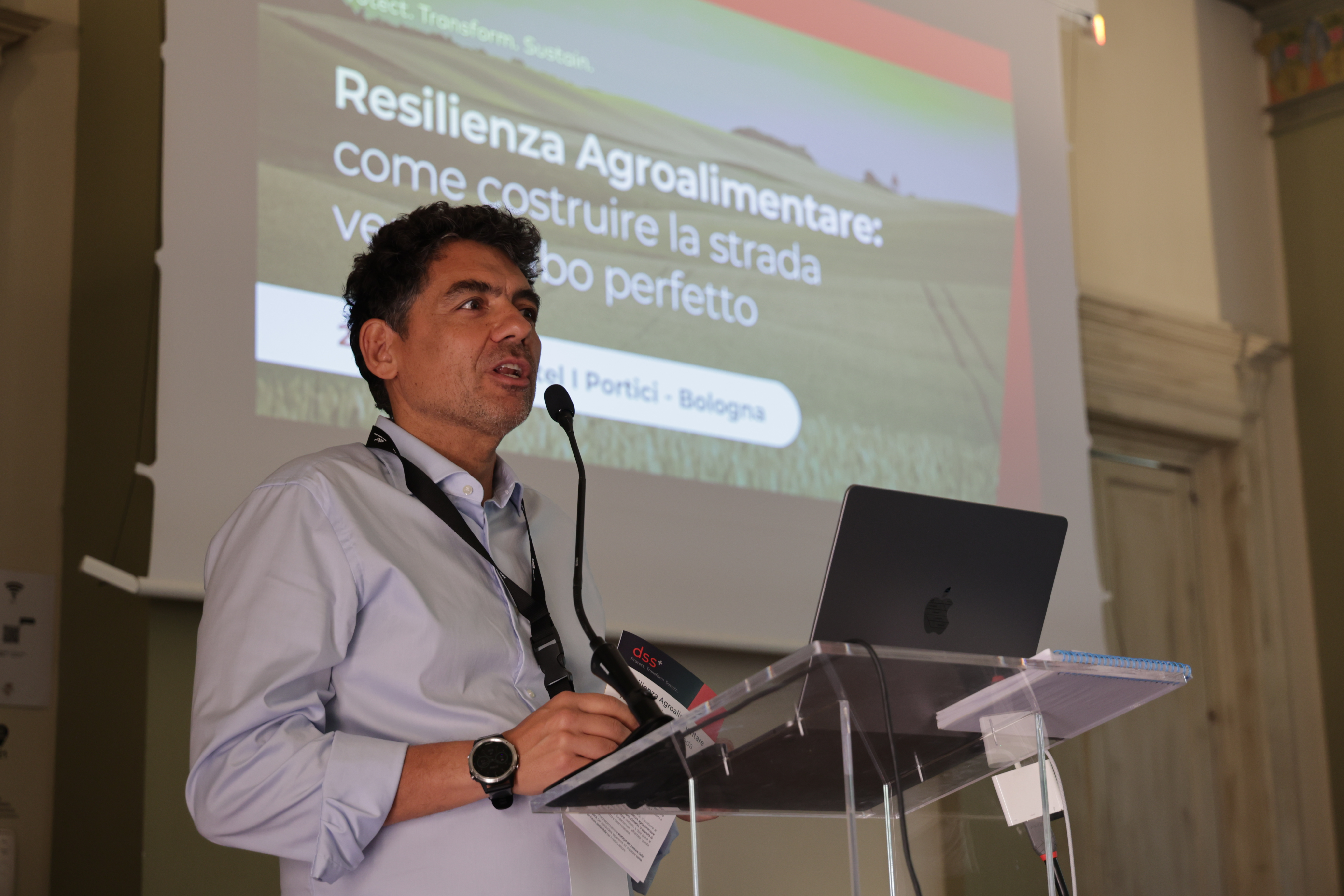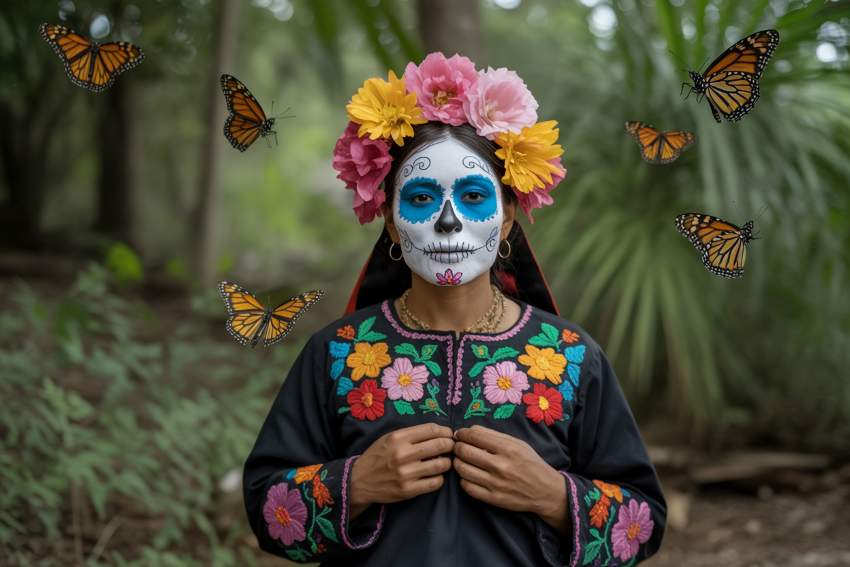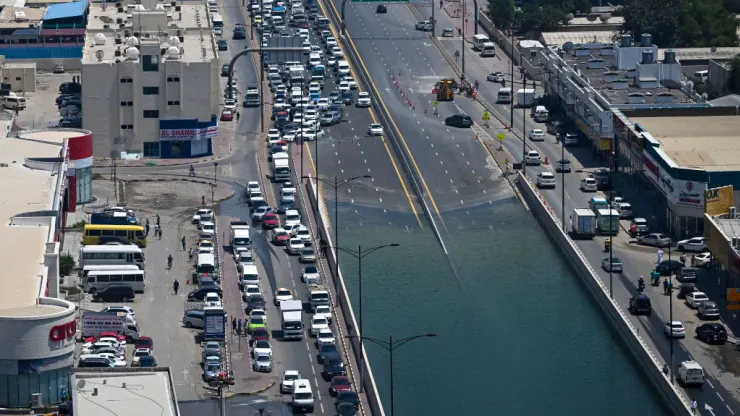Sustainable Development Goals: Goal 1
UN's Sustainable Development Goal 1 targets poverty eradication, encountering challenges exacerbated by the COVID-19 pandemic, requiring global action.

The United Nations' Sustainable Development Goals (SDGs) represent a global commitment to addressing pressing issues by 2030. Each goal addresses a critical aspect of human and planetary well-being. Here, we delve into Goal 1: End poverty in all its forms everywhere.
Goal 1: End poverty in all its forms everywhere
Eradicating extreme poverty by 2030 stands as a pivotal objective of the 2030 Agenda for Sustainable Development. Despite remarkable declines in extreme poverty over recent decades, the emergence of COVID-19 posed a significant setback, reversing gains and increasing the number of individuals living in extreme poverty by almost 90 million. If current patterns persist, an estimated 575 million people could still find themselves trapped in extreme poverty by 2030, with a notable concentration in sub-Saharan Africa.
Exploring the Dimensions of Poverty: Poverty encompasses various dimensions, including unemployment, social exclusion, and vulnerability to disasters and diseases. Understanding its causes is crucial for effective intervention.
Interconnectedness and Why it Matters: Our well-being is intricately linked. Growing inequality hampers economic growth, undermines social cohesion, and can lead to political and social tensions.
The Role of Social Protection: Strong social protection systems are vital for preventing people from falling into poverty. Despite expansions during the COVID-19 crisis, a significant portion of the global population remains entirely unprotected.
Taking Action: Individual engagement in policymaking can drive change by ensuring rights are promoted, voices are heard, and innovation is encouraged. Governments and the private sector play crucial roles in creating inclusive growth and economic opportunities. Science also contributes significantly to poverty alleviation by enabling access to essential services and improving health outcomes.
Key Facts and Figures:
- If current trends persist, 575 million people will still be living in extreme poverty by 2030.
- Despite social protection expansions, over 4 billion people remain entirely unprotected.
- Advanced economies allocate significantly more government spending to essential services compared to emerging and developing economies.
In conclusion, addressing poverty requires a surge in action and investment to enhance economic opportunities, improve education, and extend social protection to all, particularly the most excluded, to fulfill the central commitment of leaving no one behind.
By comprehensively tackling poverty, the global community can move closer to achieving sustainable development and ensuring a better future for all.
[Source: United Nations Sustainable Development Goals]
What is Your Reaction?
 Like
0
Like
0
 Dislike
0
Dislike
0
 Love
0
Love
0
 Funny
0
Funny
0
 Angry
0
Angry
0
 Sad
0
Sad
0
 Wow
0
Wow
0





